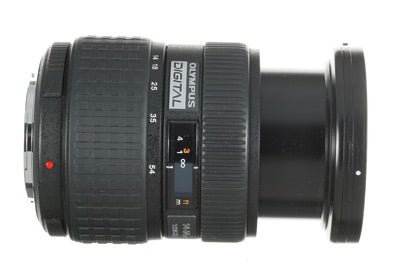
Aperture 3.5 vs 2.8 iso#
Likewise when the range is large, this is a “deep depth of field”.ĮOS 5D Mark III/ FL: 50mm/ Aperture-priority AE (f/1.8, 1/80sec., EV+0.7)/ ISO 100/ WB: AutoĮOS 5D Mark III/ FL: 50mm/ Aperture-priority AE (f/16, 1/40sec., EV+0.7)/ ISO 4000/ WB: AutoĮxpressing as a ratio the distance from the focus position to the foreground depth of field, to the distance from the focus position to the background depth of field, the focus ratio is said to be 1:2 foreground: background.Ĭoncept 2: The relationship between aperture and f-stops.Įxposure settings, also commonly referred to by photographers as “f-stops,” allow you to adjust the amount of light that enters the camera. When this range is small, it is known as a “shallow depth of field”. The range of focus (how much of the image is in focus) is known as the “depth of field”. The bokeh also gets more prominent the closer the focusing distance. The in-focus image area increases, and the bokeh becomes less obvious. Conversely, when the aperture is narrowed, the f-number increases. The in-focus area of the image decreases, and the bokeh gets more prominent (or "larger"). When the aperture is widened, the f-number decreases.
Aperture 3.5 vs 2.8 manual#
Modifying the range of area-in-focus by adjusting the apertureĮOS 5D Mark III/ EF50mm f/1.8 STM/ FL: 50mm/ Aperture-priority AE (f/1.8, 1/800sec., EV+0.7)/ ISO 100/ WB: ManualĮOS 5D Mark III/ EF50mm f/1.8 STM/ FL: 50mm/ Aperture-priority AE (f/5.6, 1/80sec., EV+0.7)/ ISO 100/ WB: ManualĮOS 5D Mark III/ EF50mm f/1.8 STM/ FL: 50mm/ Aperture-priority AE (f/16, 1/40sec., EV+0.7)/ ISO 400/ WB: Manual This allows the greatest amount of light possible to enter, and is also when you can achieve the most prominent ("biggest") bokeh. The latter results in a photo that is sharp all the way to the background.Īt the smallest f-number, you achieve “maximum aperture”.

Conversely, the larger the f-number, the larger the image area in focus. The smaller the f-number, the smaller the image area in focus. When the f-number changes, it is not only the amount of light entering the camera that changes, but also the size of area in the image that appears in focus.

Widening the aperture reduces the f-number whereas narrowing the aperture increases it. The numerical values of the difference in aperture size is known as the f-number. When the aperture is widened, more light can enter, and conversely, when the aperture is narrowed, less light can enter the lens. The aperture allows us to control the amount of light entering the lens.


The amount of light that enters The sensor can be controlled by widening/narrowing The aperture. the larger the f-number), the larger the area in-focus (depth-of-field). the smaller the f-number), the larger the bokeh. The aperture controls the amount of light entering the lens How will the photograph finish change depending on the aperture is widened or narrowed? In this article, we study the effects of varying apertures on depth-of-field by comparing several examples, and learn about the concept of f-stops. The first thing to consider when taking photographs with a digital camera is the effect that the aperture can have on your pictures.


 0 kommentar(er)
0 kommentar(er)
